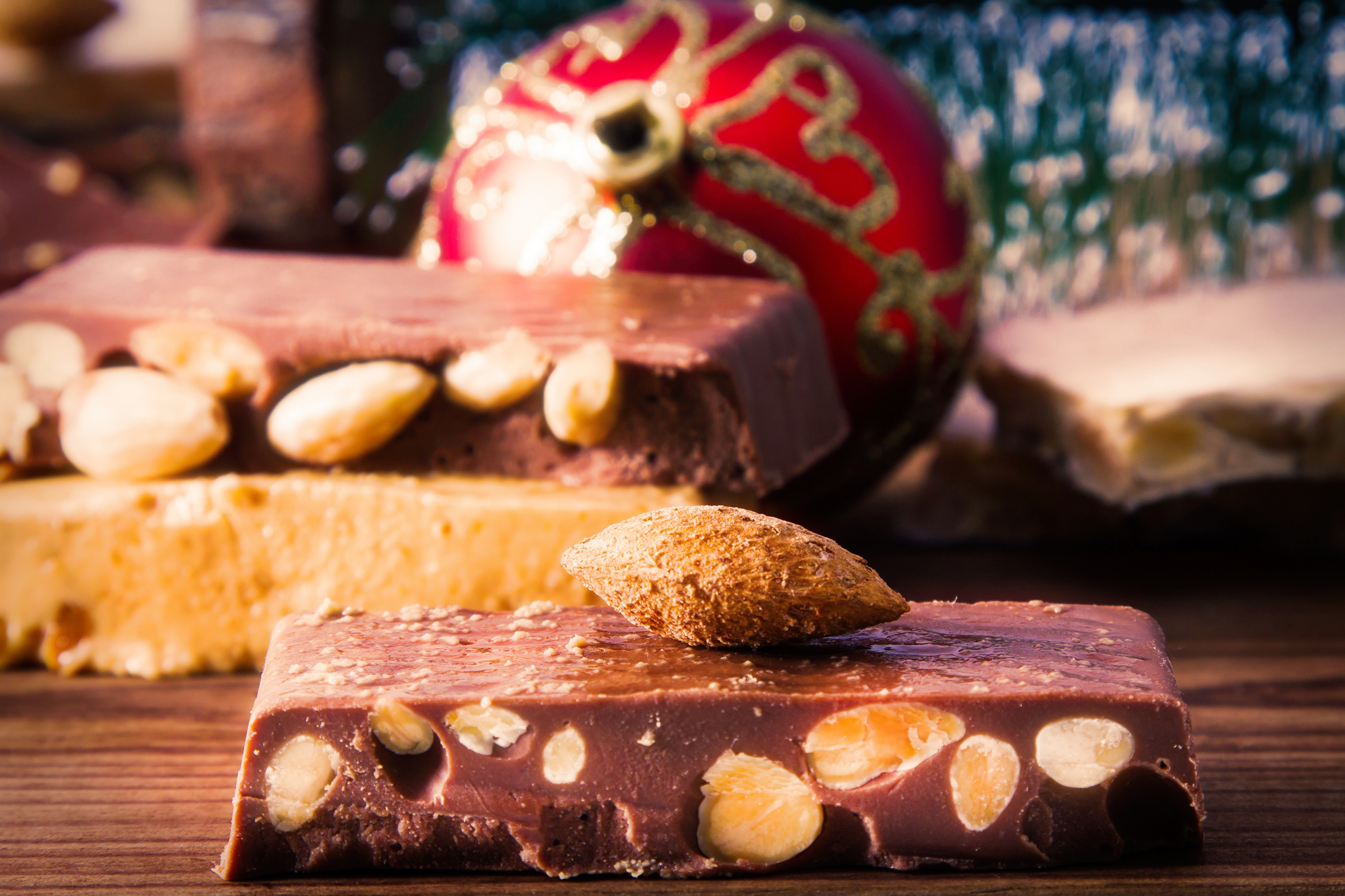Discover the origin of Christmas sweets
Nougat, dumplings, polvorones, marzipan ... All these sweets take us to that time of year, but do you know the origin of these typical Christmas sweets?
TRAVELLING WITH TASTE
Share

Today no one has a Christmas without the traditional Christmas sweets which are so common across Spain. In addition to the most famous ones such as nougat, marzipan, mantecados, polvorones or roscón de reyes (Spanish King’s Cake), each area has its own, as is usual in Spanish cuisine and pastries. But the reality is that, nowadays, no one wonders how these sweets today we find on supermarket shelves today got there, and that in the past were made in the houses themselves.
What is the origin of the typical Christmas sweets?
Although most have their origin in Arabic gastronomy, it is not known exactly when they began to be made. The first data we have is that during the 18th and 19th centuries the consumption of Christmas sweets spread to become a fully established custom in many countries.
In Spain, the existing variety is very wide and many of its Christmas recipes have been exported to parts of Latin America. Some historians point to a religious origin: during the celebration of Christmas and the Epiphany of the Magi, many communities limited their consumption of meat in favour of foods also made from wheat that symbolised a communion with Christ. To this main ingredient of wheat, others were added such as honey, almonds, chocolate, eggs, etc., until giving rise to a wide range of sweets.

1. Nougat. There are several versions regarding the origin of this sweet, since its origin dates back many centuries. It seems that the Greeks consumed something similar that provided energy to athletes during the Olympics: a mixture of honey with nuts. But it was the Arabs who brought this dessert to the shores of the Mediterranean, in particular to Spain and Italy. The Spanish version of turrón was born in the province of Alicante around the 15th century. Currently, when we hear about the denomination Turrón de Jijona (soft texture) or Turrón de Alicante (hard texture), it is because they are within the PGI (protected geographical indication) which, in addition, is certified by the Regulatory Council of Jijona.
2. Marzipan. Historians say that marzipan was invented by the nuns of the San Clemente de Toledo convent. After the battle of Las Navas de Tolosa, in 1212, the city ran out of wheat and, to alleviate the famine, the nuns mixed the only thing they had in their pantries, almonds and sugar. With this sweet and succulent paste they fed many people.
3. Polvorones. They are sweets made from lard or butter that is mixed with flour and other ingredients such as cinnamon, wine or lemon. Unlike marzipan or nougat, which have recipes from the 16th century, polvorones are much more modern and appear in very few documents prior to the 19th century.
4. Mantecados. Its origin dates back to the 16th century in the convent of Santa Clara de Estepa, where references to the making of "mantecados de Estepa" with old recipes are preserved, and where they even had confectioners hired to meet the demand that came from Seville or Madrid.
5. Sweet potato cupcakes. They have their origin in the Valencian Community, in the time of Al-Andalus, when a new way of sweetening the sugar cane was created and that gave way to a stage of splendour of the confectionery. These cupcakes are a kind of sweet dumpling with jam and sweet potato inside and are a classic for Christmas table settings.
6. Rolls anise. They accompany the sweet potato cupcakes on the Christmas candy trays. Typical of the Valencian Community and the Region of Murcia, these pastes have their origin in ancient Rome and spread throughout much of the Mediterranean. The dough is very similar to that of sweet potato cakes, always washed down with a good drizzle of dry anise.
7. Roscón de Reyes. It is the last Christmas sweet to reach our tables, although, according to historians, it is a cake that was already consumed in the second century BC. when Saturnalia was celebrated, a pagan celebration in honour of Saturn, the god of crops. With the advent of the Christian religion, the pagan festivals disappeared. Centuries later, the traditional cake returned to Spain and France at the hands of Felipe V, although no longer with the same symbolism. But it was not until the middle of the 19th century when the traditional date of the Three Kings Day was chosen to be tasted, creating a whole paraphernalia with the characteristics that we currently know around this delicious sweet.






